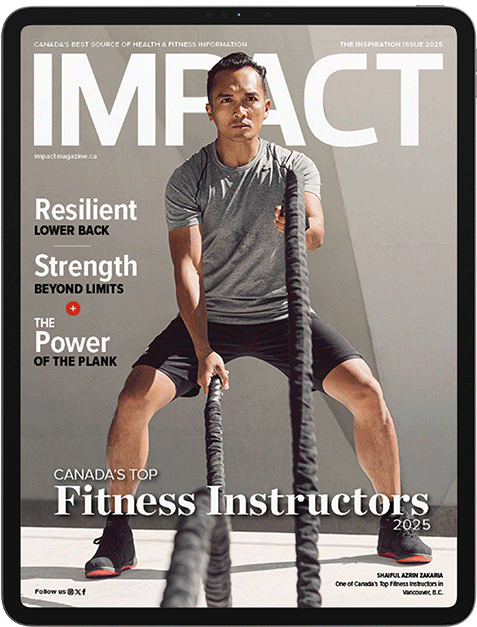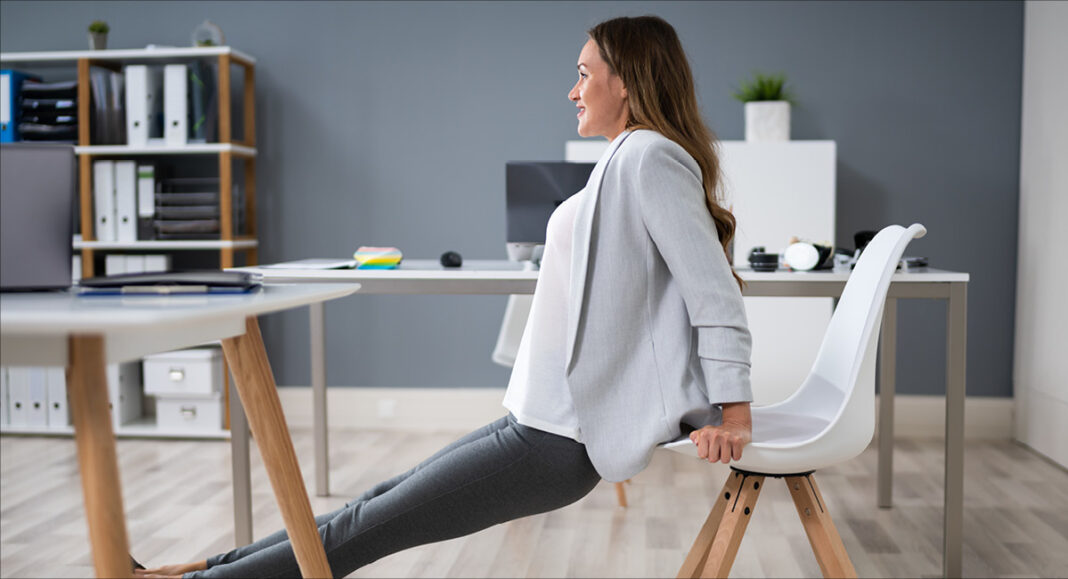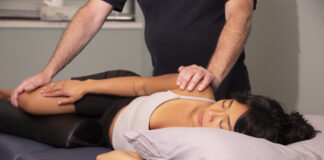About a decade ago, experts dubbed sitting too long as the new smoking. And the fact remains, being sedentary isn’t good for your health.
Anyone who has had a long day at the desk knows it can end with neck pain, back problems and headaches. Research links long periods of sitting to health concerns including obesity, increased blood pressure and excess body fat around the mid-section. According to the Mayo Clinic, an analysis of 13 studies found being bottom-down for more than eight hours a day with no physical activity translates into a risk of dying like those posed by obesity and smoking.
And any damage done by the sit-down workday isn’t undone by exercise. It’s like smoking a cigarette and eating a salad. It’s not going to undo the effects.
Now that so many of us work from home, we need better strategies to improve the impact our workday has on our health. Using simple strategies to add more movement into our work time is possibly the most impactful way to improve your health. Increasing movement can improve our mood and energy levels, and can even help lengthen our lifespan.
We spend about half of our waking hours working. Our bodies start feeling the strain of any one position after 40 minutes and ligaments start loosening after half that time. The posture we hold while we work shapes our bodies and the way we move. Sitting for long periods can shift alignment in the neck, shoulders and hips.
The longer you sit, the more your body feels it. In terms of metabolic function, as minutes shift to hours of uninterrupted sitting, your body starts getting signals it doesn’t need to process energy as much. It starts to condition itself to save energy for later, basically slowing metabolism.
Is your posture getting worse because of the way you sit? Probably. Is this affecting the way you run or lift or compete or taking on any sport? Almost certainly. The answer, however, is not to sit all day with better posture but, rather, to move more. The good news is that improving posture might be easier than you think.
Building more movement into your day is more effective than the never-ending struggle of trying not to slouch. Making these few changes can not only cure your slouching habit but keep you injury-free and help athletic performance.
Mix it up
Create three positions to work in – sitting, standing and lounging with your feet up on the couch, for example. Change positions every hour if you can. That way, you cut the strain of any work posture down to 33 per cent of its original impact.
Work it in
- Combine activities with work tasks. Go for a walk when you are on a call, stand up for a video conference and relax on the sofa to write emails.
- Fidget away. Fidgeting is the body’s way of telling you it wants to move.
- Stay hydrated. It leads to more bathroom breaks and more movement.
- Build in micro-rehab. Use a lacrosse ball to roll out a tight upper back when you are on phone calls. Raise your monitor and stretch your hips.
- Set goals. You can fit 10,000 steps into a workday without breaking a sweat.
- Use a wobble board and an active sitting cushion to engage your core.
- Get a walking pad or a cycle device to use while working.
You may also like: Movement Matters

Read This Story in Our 2025 Inspiration Issue
Plus, meet the 36 fitness instructors named Canada’s Top Fitness Instructors in this issue. We’ve also got delicious plant based recipes, how to meal prep for success, make meaningful resolutions, practical fitness hacks, healthy morning habits and so much more!

















